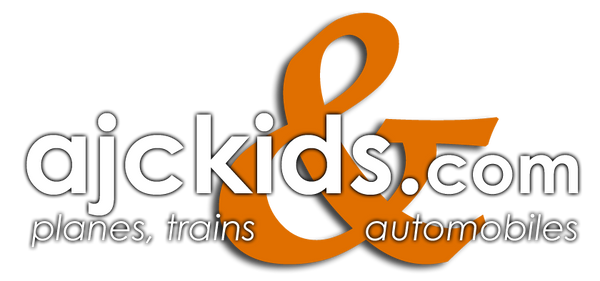Brawa 50081 - Tank Car 2-axle Z [P] "VTG" DB
Tank wagon 2-axle Z [P] "VTG" DB
Company number: 597 561 [P]
model details
- consideration of design differences
- variants in riveted or welded construction
- replica of the heating tub
- Variants with brakeman's cab or brakeman's platform
- metal axle holder
- bogie with three-point bearing
- Multi-part brake system
- brake shoes in wheel plane
- Extra axle bearing covers
- Free-standing ladders
- Extra railings
VTG is a registered trademark.
Information about the model
The first special chemical tank wagons for transporting chemical products were built as early as 1900. From the very beginning, these differed significantly from tank wagons designed for transporting flammable liquids. A key safety feature: chemical tank wagons for transporting acids do not have bottom valves to prevent the dangerous load from accidentally leaking out. In addition, due to the high density of acids, the tanks are comparatively smaller than those of tank wagons for flammable liquids.
For the typical 8.8 m long wagon designs of the exchange types from the 1930s, a tank volume of between 10 and 12 m³ proved to be the most economical solution. Depending on the production capabilities of the wagon manufacturers, the tanks were either manufactured using riveting or welding. The heating tanks in the lower half of the tank, on the other hand, were consistently constructed using welding technology to ensure greater tightness and stability.
The wagons, which were originally built for IG Farbenindustrie and the Wirtschaftsforschungsgesellschaft (Wifo) from 1939 onwards, were mostly transferred to the successor companies Bayer and BASF as well as to VTG in the Federal Republic of Germany after the Second World War. In the GDR, the Deutsche Reichsbahn took over the wagons and rented them out to VEB companies. After a service life of around 40 years, they were gradually phased out in the mid-1970s. The last chemical tank wagons of this type were finally taken out of service in 1988.
EAN/UPC: 4012278500812
![Brawa 50081 - Tank Car 2-axle Z [P] "VTG" DB](http://ajckids.com/cdn/shop/files/Brawa-50081.jpg?v=1737648320&width=1445)

![Brawa 50081 - Tank Car 2-axle Z [P] "VTG" DB](http://ajckids.com/cdn/shop/files/Brawa-50081.jpg?v=1737648320&width=1946)
